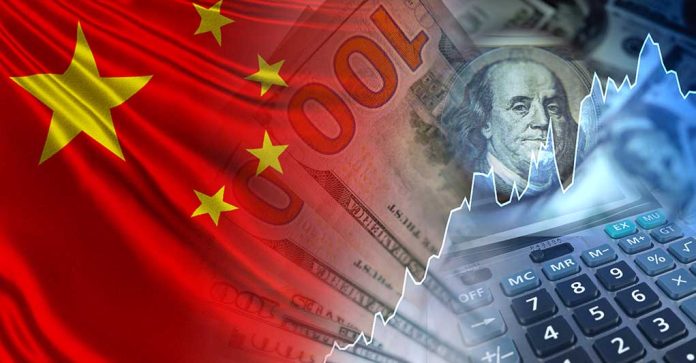
U.S. tariffs have significantly impacted China’s Huaqiangbei chip market, raising questions about the future of the once-thriving electronic hub.
Key Takeaways
- Huaqiangbei faces a downturn due to aggressive U.S. tariffs on China’s semiconductor industry.
- Chip prices have risen by 10 to 40 percent, causing a severe decline in orders.
- The U.S.-China trade war result in a 156 percent tariff by the U.S. and a retaliatory 125 percent tariff by China.
- Concerns grow over potential bankruptcies in Chinese e-commerce due to excessive tariffs.
- Despite challenges, Chinese producers might adapt with government subsidies or explore new markets.
Impact on Huaqiangbei
Huaqiangbei, a major hub in China’s electronics market, is experiencing a severe decline in activity, particularly in its chip segment. Distributors have noted a sharp drop in orders as tariffs increase costs, with some reporting almost no recent orders due to price hikes. Intel and AMD CPUs have seen prices rise from 10 to 40 percent, further suppressing demand and threatening profit margins.
The majority of chips at Huaqiangbei originate from U.S. sources, serving primarily domestic consumers, making this market vulnerable in the midst of the U.S.-China trade tensions. The U.S. has enacted cumulative tariffs on Chinese imports that reach about 156 percent, prompting China to retaliate with a hefty 125 percent tariff on U.S. goods.
Inside the market, the hustle and bustle has surprisingly quieted down despite crowded streets outside. Retailers face the challenges of higher costs, leading to fears of financial viability as orders steadily decrease. Facing rising operational costs, many e-commerce businesses that depend on small-scale shipments are at risk, with tariffs exceeding 100 percent endangering their sustainability.
Challenges for E-commerce
China’s e-commerce sector, especially micro-retailers relying on fast fashion and direct-to-customer shipments like Shein and Temu, experiences significant challenges due to the tariff increase. A 120-percent tax on small packages set to begin on May 2 could disrupt traditional business methods. Several firms expected to weather previous tariff storms now reconsider as higher barriers to the U.S. market loom.
“We’ve had almost no orders in recent days due to the price increase,” shared a chip distributor who spoke on condition of anonymity.
As these substantial tariffs take effect, numerous e-commerce operations ponder alternative markets, though they acknowledge the unique appeal of American consumer spending power. Many analysts predict that adaptation could come thanks to the lower production cost advantages that Chinese producers possess, coupled with possible government subsidies intended to mitigate the financial strain.
A tiny company just made a $2,000 smartphone almost entirely in the US. They solder chips by hand in California, build their own boards, even write the OS.
it's slow, expensive, and kinda clunky.
but it shows this: if China tariffs stick, America can rebuild tech manufacturing.… pic.twitter.com/ndhQqGzRmd
— Shashank | 𝔽rAI (@0xshai) April 11, 2025
Prospects for Adaptation
While uncertainties loom over the future of the Huaqiangbei chip market against such strong tariffs, there remains a sense of resilience among some Chinese producers. Analysts suggest they could adapt, leveraging cost advantages with state support tailored to sustain their business models.
The potential for digital marketplaces to create new sales channels offers hope, although challenges remain in penetrating non-U.S. markets and obtaining financial stability. The resilience of these markets amid ongoing trade pressures will largely depend on their adaptability and ability to find opportunities amidst adversity.
Sources:
- Hit by Trump’s tariffs, China’s chip traders decry ‘no point in working’ as orders tank
- Trump tariffs live updates: Trump touts trade talk progress, says ‘going to make a deal’ with China
- China Chip Traders Grumble that Trump Tariffs Sent Orders Plummeting







